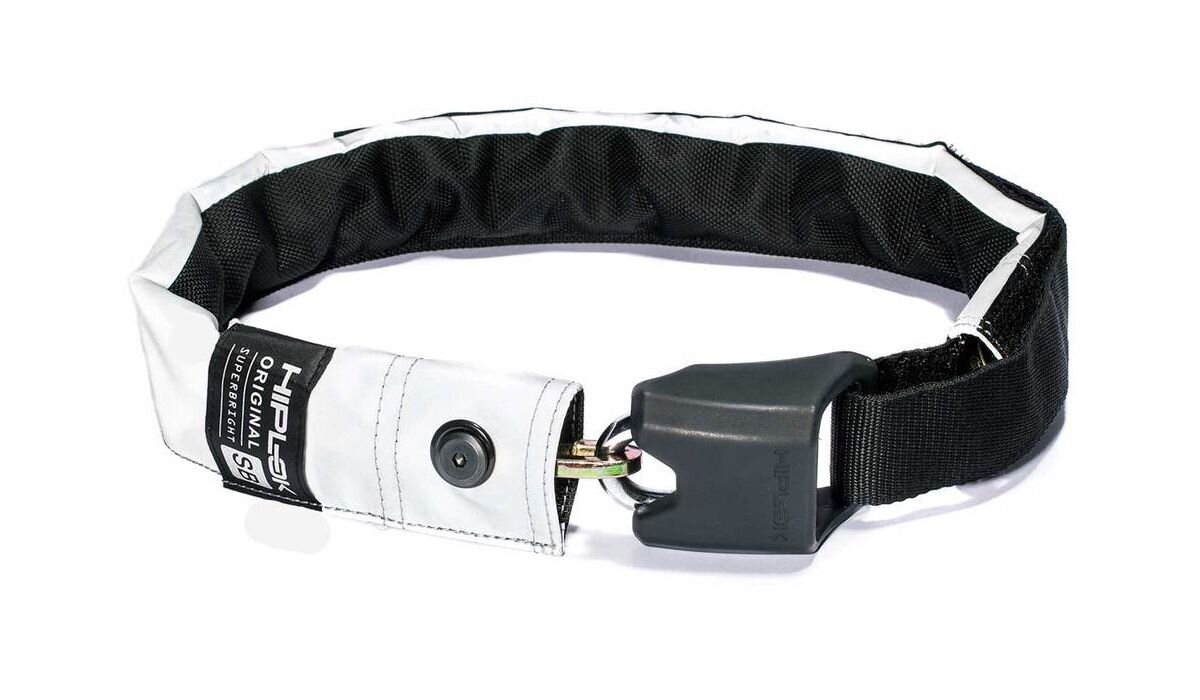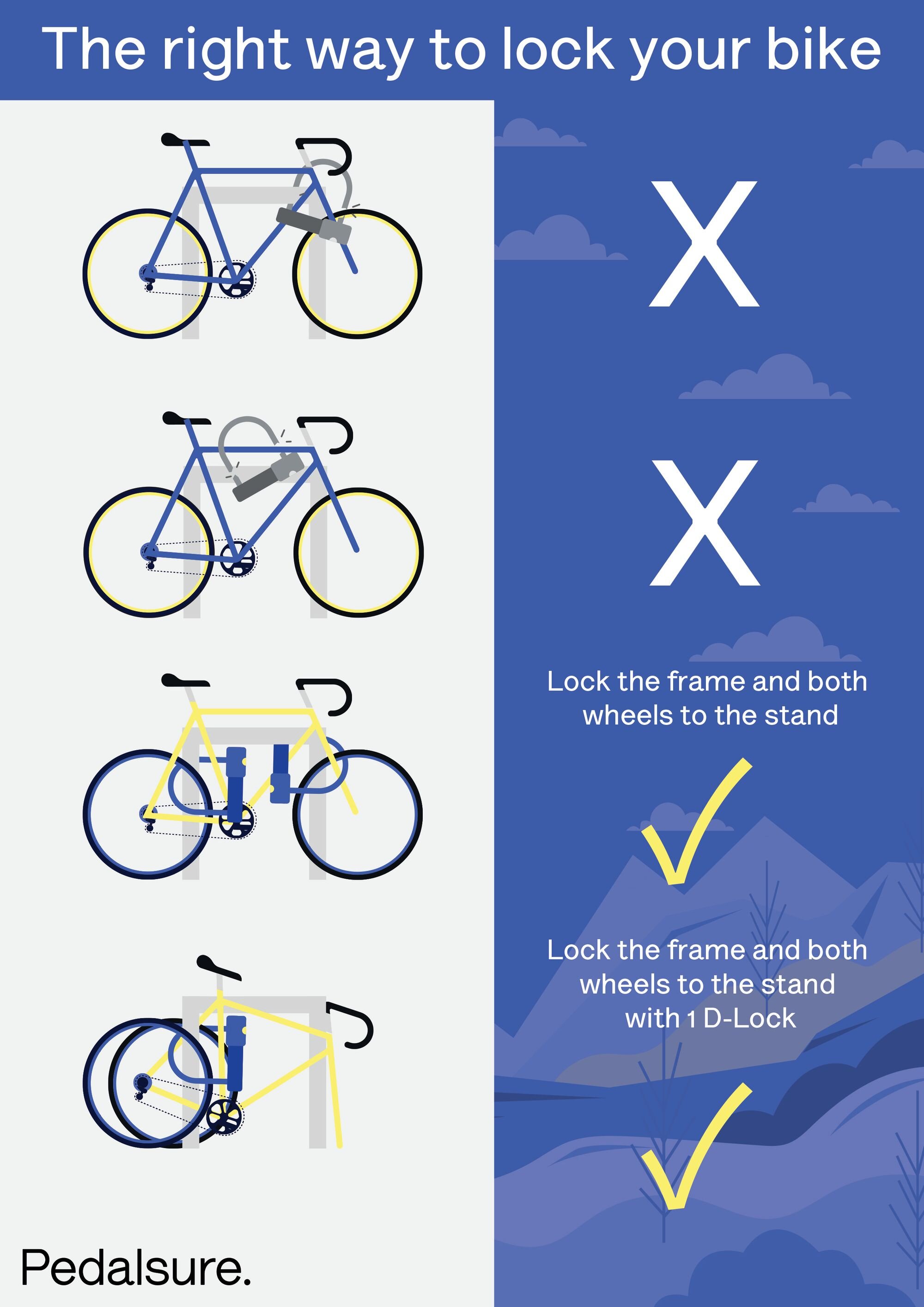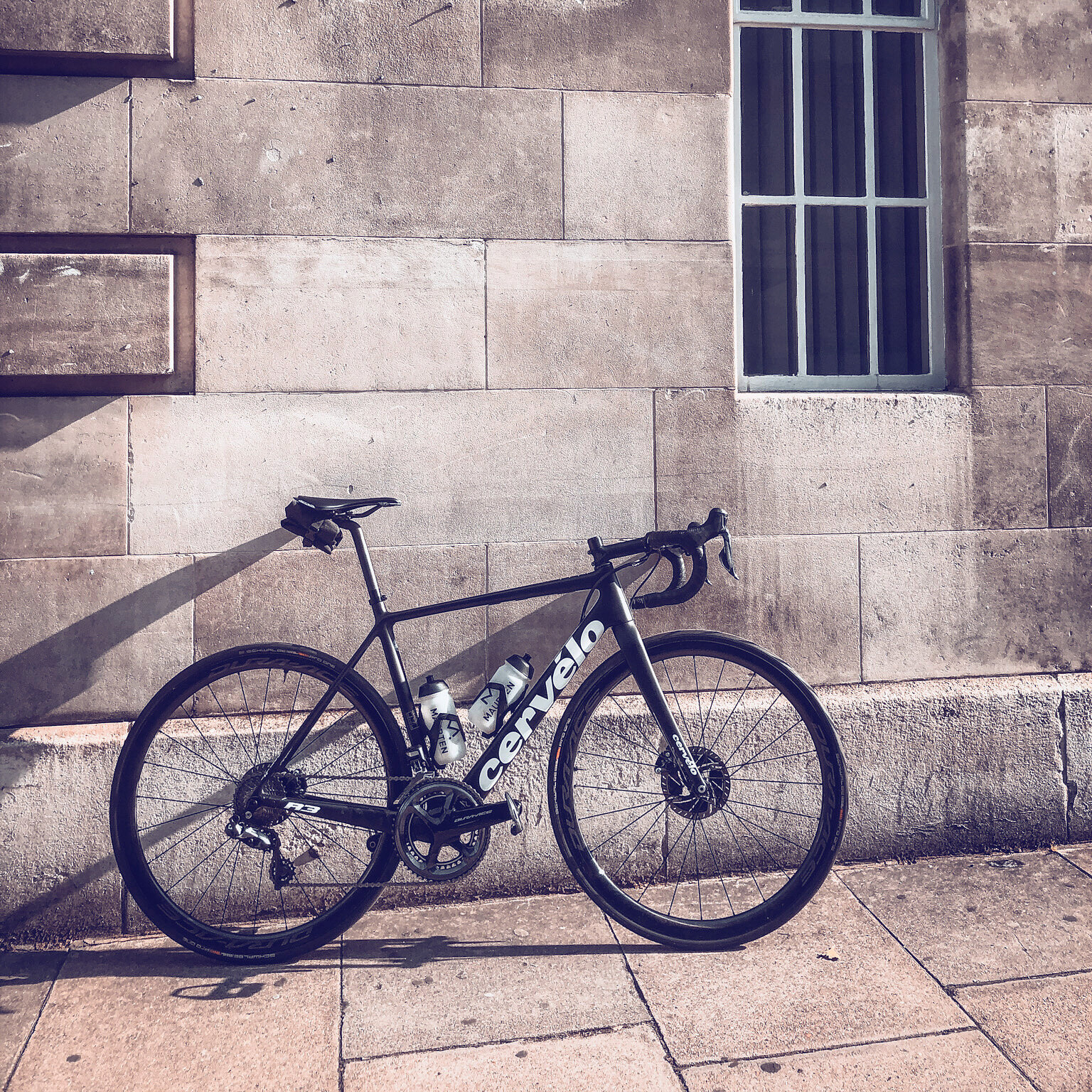Having your bicycle stolen is a horrible experience, leaving you feeling powerless, frustrated and out of pocket. At Pedalsure, we are committed to preventing these outcomes – especially the latter if you have a policy – and that’s why bike locks are such a fundamental part of our cycle insurance packages. Let’s look at the different types of lock, what locks you may need, how to use them and some quick and easy tips.
Bike theft has been on a steady rise. We have also recently seen a worrying number of key workers’ bikes being stolen, so when it comes to bike theft, these criminals have no shame. With statistics like this you really cannot afford not to keep your bicycle secure.
Strap in, lock up and delve into Pedalsure’s ultimate guide to bike locks.
Time to get covered if the worst should happen? Get a free quote for cycling insurance from us today.
Types of locks
With the markets awash with different companies and designs, here are the three main types of bike lock. In most cases a combination of two or three of the following will give you the best chance to prevent your bike from being stolen.
D-locks
D-locks are arguably the most secure, and with a cable combination they are ideal for commuters. They are tough but can be tricky to get through some frames especially mountain bike designs. However, a particularly heavy-duty D-lock, although unwieldy, may deter a would-be thief. They are easy to stow in a bag or using a frame attachment, so they will add weight to your ride but it’s definitely worth it.
Cable locks
These locks come in the form of a lightweight, combination protected package, or a secondary cable often sold alongside a D-lock. Cables are super convenient when used with another anchoring lock as they can be looped all around the bike. It’s best not to use them in isolation though as they are less secure on their own.
Chain locks
Chain locks are the heaviest of the bunch so probably not the one you want to take on your training ride if you have a scheduled coffee stop. They combine the elements of a cable and D-lock but are far heavier.
What Locks Do I Need?
Bike locks are probably the worst place you can afford to be thrifty when buying a new ride, and that’s why understanding your budget before investing is so important. It’s not just the bike you are purchasing, you also have to think about helmets, kit and locks. Try not to think about locks in terms of price but instead in terms of security.
The more precious the bike, the more secure the lock needs to be. Cycling Weekly suggest you should aim to spend 10 per cent of the value of your bike on a quality lock, but we know that ‘value’ doesn’t necessarily just mean how much you paid for your bike. We know that your personal attachment to and reliance on the bike can increase its value exponentially. Therefore, a bike that you got on the cheap but that you use every day – for commuting, for instance – may well require a top-level secure lock even though it may not be a top-level racing bike.
However, if we focus on the monetary value of things, we have a more specific scale thanks to our Approved Lock List. We use the Sold Secure silver and gold rating, so:
Silver – bicycles up to and including the value of £1,000
Gold – bicycles with value above £1,000
Have a lock already but not sure if it’s on any of our lists? Email your lock details to locks@pedalsure.com and we’ll be happy to help. For more information on your lock’s safety, go to our trusted security experts soldsecure.com.
Quick and easy tips for locking your bike
We got in touch with Cambridgeshire Police, one of the areas of the United Kingdom with the highest incidences of cycle use and cycle theft, to ask them what people should do to protect their beloved steed.
"To reduce bike theft, we work with local businesses and partner agencies across the county to raise awareness and prevent cycle crime.
"Each year our officers find hundreds of stolen bikes. If you’re ever unfortunate enough to have your bike stolen, having it registered in your name will help us get it back to you if we, or anyone else, finds it."
They also shared some top tips for locking your bike:
Lock your bike whenever it is unattended.
Take any accessories with you, such as lights and pumps, etc.
Use Sold Secure, the trusted bike lock security website.
Use two different locks to secure your bike - this makes it a lot harder to steal as thieves may need different tools to unfasten each lock.
If possible, lock your bike to cycle racks in busy, well-lit areas.
Look for CCTV when picking a good spot.
Lock both wheels and the frame to a solid object and try to fill the lock with as much of the bike as possible for ultimate security.
Remember locks can be picked, so facing the lock to the ground makes it harder for the thief to release your bike.
Locking your bikes up on the street
When it comes to locking your bike in the street there are dos, double-dos and don’ts in terms of the chosen method. So, whether you’re pausing during a training session, locking up outside the coffee shop before work or on a grocery run, keep these pointers in mind.
Don't
Lock your bike to a movable object.
Lock just the back of the rear wheel, low down to an immovable object.*
Lock to a chain link fence.
*Thieves may use the ground as leverage for a cutting implement, so if your lock is on the ground it just makes it easier for them.
Do
Use a D-lock through the seat tube and rear wheel and then attach to an immovable object.
Use a D-lock through the seat stay and rear wheel and then attach to an immovable object.
Use a D-lock through the top tube and then attach to an immovable object.
Double-do
Use a D-lock through the seat tube and rear wheel and then attach to an immovable object, utilising a cable to wrap through both wheels and then link it back to the central D-lock.
Remove the quick release front wheel, place it next to the rear wheel and D-lock through both to an immovable object.
Use two D-locks, one through the seat tube, rear wheel and immovable object, and another through the down tube and front wheel.
Note that with Pedalsure insurance, your bike if insured cannot be left unattended in the street for more than 12 hours.
Locking your bikes up at work
Many workplaces offer private spaces to store your bikes which is great, but it’s important to follow the guidelines as listed above because you never know who may have access to that shared space. Remember that with Pedalsure insurance, your bike is insured at your place of work for more than 24 hours at any one time.
Locking your bikes at home
Similarly, it’s best practice to be overly cautious at home too. Instead of putting your bike in an exterior storing unit and wiping your hands of it, create an immovable shed object of your own and lock the bike to it. If not, lock it to something that will make a racket if it is moved or that is larger than the door itself. Don’t leave your bike unattended in the garden for long periods of time, you never know who may be watching.
Incidentally, ever wondered if home insurance gives you and your bikes all the protection you need? We’ve got a short guide for that.
Locks and Pedalsure cycle insurance
Bike locks are an integral part of many of our cycle insurance policies and other companies may not cover the types of situation that we protect against. Our main stipulations are that your bike is secured to an immovable object and as previously mentioned the bike cannot be left in a place other than the insured location for more than 12 hours unless stated otherwise. For more details, consult the ‘Security Requirements’ section of our Policy Document.
There you have it, Pedalsure’s foolproof guide to bike locks. Bike locks are a huge part of our cycle insurance packages and it’s vital that you have the correct lock and all the best practices in mind when preparing to secure your bike.
Sometimes, there really is nothing you can do to protect against particularly aggressive thieves hell-bent on taking your bike – that’s where we come in. If you’re looking for competitive cycle insurance, you can get a quote from us in no time at all.





